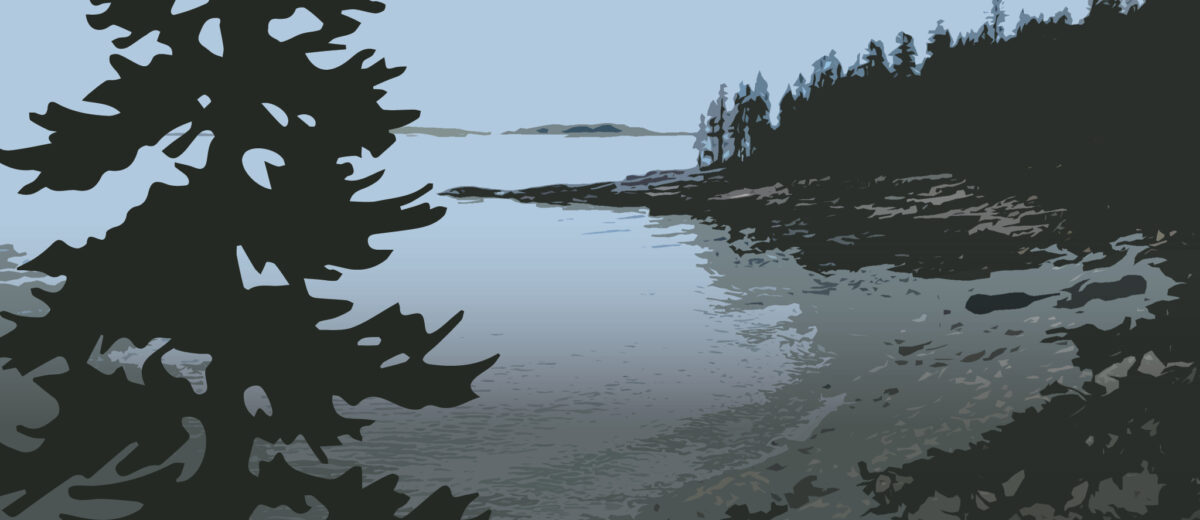by Trevor Grandin
Sea to Trees is a podcast that tells the stories of the science happening in and around Acadia, from the rocky shoreline to the evergreen forests to the granite mountaintops.
This third season we’re talking about research that blurs the lines of history – projects that are in dialogue with the past, analyzing the present, or envisioning the future.
In episode two we’re revisiting a monumental piece of research that took place decades ago in Acadia National Park. In 1956, scientist Robert MacArthur sat in an evergreen forest observing warblers and recording data that would change the field of ecology. Over sixty years later, students are using MacArthur’s research to understand how birds coexist and how breeding locations change over time. What made MacArthur’s study so successful and why has it left such a mark on the field?
We talk with University of Oklahoma professor Dr. Michael Kaspari about the influence of MacArthur’s study and how he uses it to teach the next generation of scientists. Also hear from Bik Wheeler, wildlife biologist in Acadia National Park, who revisited MacArthur’s study for his master’s thesis. Finally, marvel at the warblers in the same stand of trees that MacArthur did with College of the Atlantic student Fiona Young, who replicated Wheeler’s field work in the summer of 2024.
Sea to Trees is possible with generous support through The Cathy and Jim Gero Acadia Early-Career Fellowship, a partnership among Schoodic Institute, National Park Foundation, and National Park Service.
Reference Links:
Knowing Your Warblers: Thoughts on the 50th Anniversary of Macarthur by Michael Kaspari
Spruce-Woods Warblers Revisited: 60 Years Later, the Cast of Characters Has Changed by Irby Lovette
Schoodic Notes – Bird Sounds of Acadia

